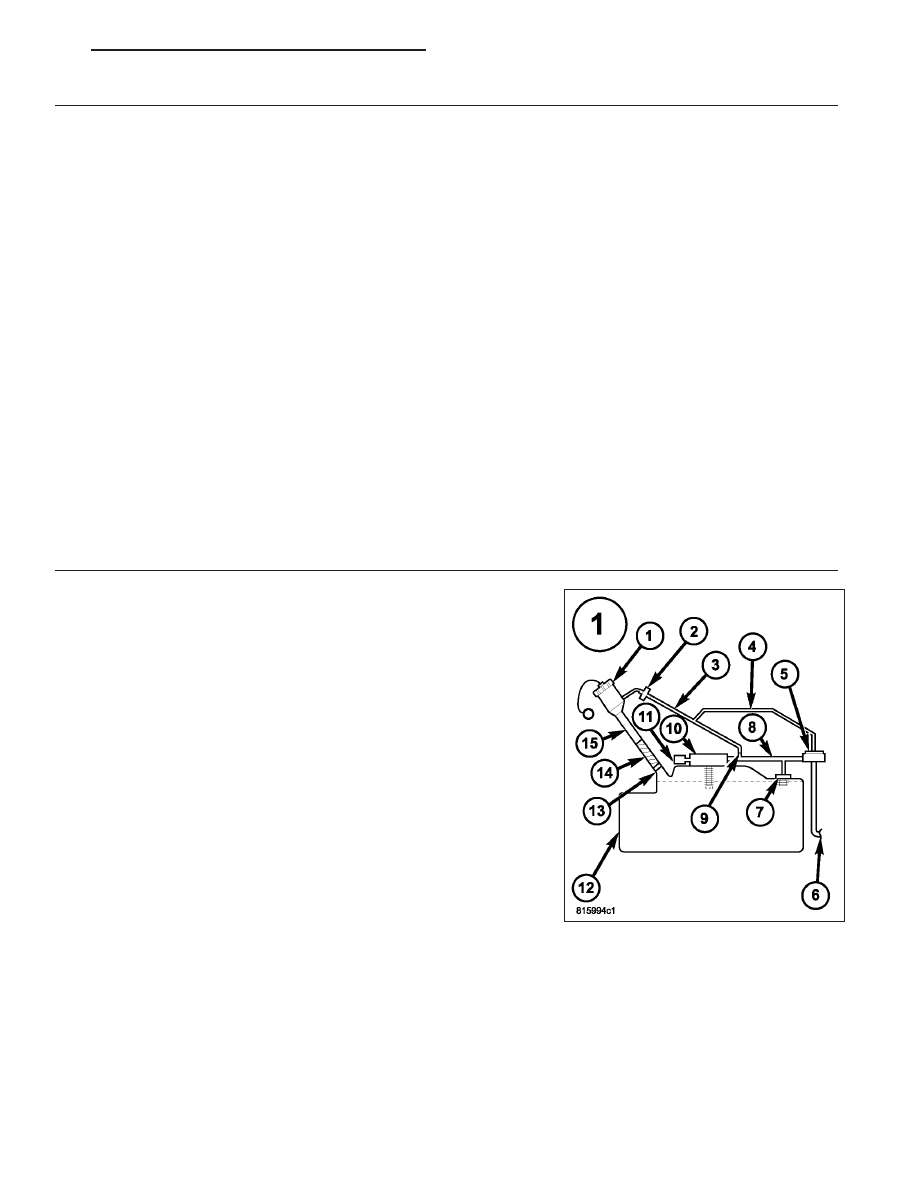Dodge Caliber. Manual - part 771

10.
EVAPORATIVE EMISSION LEAK DETECTION
NOTE: A thorough visual inspection of the Evap system hoses, tubes, and connections may save time in
your diagnosis. Look for any physical damage or signs of wetness at connections. The strong smell of fuel
vapors may aid diagnosis also.
Remove the Air supply hose from the service port or the #8404-ADP adapter.
Connect the SMOKE supply tip (black hose) to the service port (if equipped) or to the #8404-ADP adapter.
Set the smoke/air control switch to SMOKE.
NOTE: The flow meter indicator ball will not move at this point.
Press the remote smoke/air start button.
NOTE: Make sure that smoke has filled the EVAP system by continuing to press the remote smoke/air start
button, remove the vehicle fuel cap, and wait for the smoke to exit. Once smoke is indicated reinstall the
fuel cap.
NOTE: For optimal performance, introduce smoke into the system for an additional 60 seconds; continue
introducing smoke at 15 second intervals, as necessary.
While still holding the remote smoke/air start button, use the white light (#8404-CLL) to follow the EVAP system
path, and look for the source of the leak indicated by exiting smoke.
If a leak is concealed from view (i.e., top of fuel tank), release the remote smoke/air start button, and use the ultra-
violet (UV) black light #8404-UVL and the yellow goggles 8404-20 to look for residual traces of dye that are left
behind by the smoke.
The exiting smoke deposits a residual fluid that is either bright green or bright yellow when viewed with a UV light.
NOTE: The EVAP System is divided into three zones. A leak from any of these zones can cause this DTC to
set. The lists below specify the possible leak points in the specific zones. For further assistance see the
Zone Identification Charts below.
•
— ZONE 1—
1 Fuel Cap
2 Recirculation Check Valve.
3 Vapor Recirculation Line.
4 Signal Vapor Line for FVM.
5 Flow Management Valve.
6 Fuel Tank to Canister Vapor Line.
7 Fuel Tank Vent (Check Valve).
8 Vapor Line to Canister.
9 Flow Control Orifice.
10 Control Valve.
11 Liquid Trap.
12 Fuel Tank.
13 Check valve.
14 Fuel Fill Tube to Tank connector.
15 Fuel Fill Tube
Damaged or disconnected components.
•
— ZONE 2 —
1 Filter.
2 ESM.
3 Canister Vent Line.
4 Evap Canister.
5 Chassis Purge Valve.
6 Fuel Tank to Canister Vapor Line connection.
7 Evap Purge connection.
•
— ZONE 3 —
1 Evap Purge Vacuum Line.
PM
ENGINE ELECTRICAL DIAGNOSTICS - GPEC
9 - 371